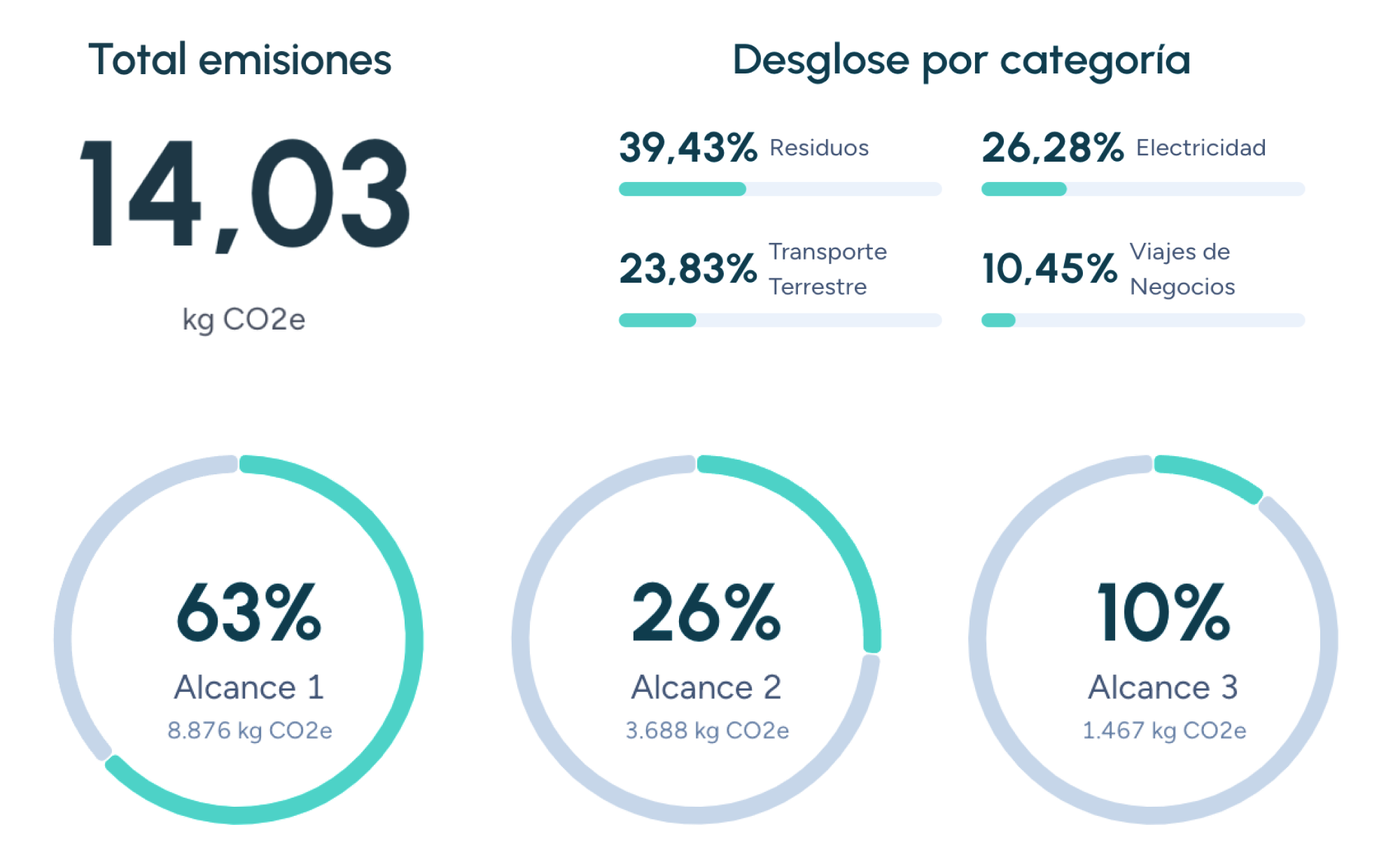E
Environmental Responsibility Law
Spain’s Environmental Responsibility Law is a fundamental legal framework aimed at preventing and repairing environmental damage, emphasizing the responsibility of entities whose activities may cause significant environmental impacts. This law, aligned with European Union directives, is based on a fundamental principle: the polluter pays.
What is the Environmental Responsibility Law?
Formally known as Law 26/2007, of October 23, the Environmental Responsibility Law transposes Directive 2004/35/EC of the European Parliament and the Council on environmental liability in relation to the prevention and remediation of environmental damage.
Its primary objective is to ensure that companies or individuals responsible for environmental harm bear the costs of its prevention or restoration.
The law covers three main types of environmental damage:
- Water damage: impacts affecting the ecological, chemical, or quantitative status of water bodies.
- Soil damage: pollution posing a significant risk to human health.
- Damage to natural resources: harm to protected species and habitats.
A key feature of this law is its preventive approach, which requires businesses to implement measures to avoid damage before it occurs, in addition to remediating any damage already caused.
Key objectives of the Environmental Responsibility Law
The law seeks to protect the environment and promote sustainable resource management through:
1. Prevention of environmental damage
Companies must identify and assess environmental risks associated with their activities and implement preventive measures to minimize potential harm.
2. Remediation of damage
If environmental damage occurs, responsible parties must restore the affected area to its original state. This may include soil decontamination, habitat restoration, or water quality improvement.
3. Polluter pays principle
This principle ensures that the costs of preventing and remediating environmental damage are borne by those responsible, rather than being transferred to the government or society.
Relationship between the Environmental Responsibility Law and carbon footprint
The carbon footprint is a key metric for assessing the environmental impact of human activities, measuring the total greenhouse gas (GHG) emissions generated directly or indirectly.
While the Environmental Responsibility Law does not focus exclusively on carbon footprint, the two are closely linked, as many regulated activities contribute significantly to GHG emissions.
Industries such as energy, manufacturing, and transportation fall under this regulation due to their potential to cause environmental harm, including air pollution and climate change. Accurate carbon footprint measurement is essential to identify these impacts and develop mitigation strategies.
Regulatory framework and related certifications
The Environmental Responsibility Law is part of a broader regulatory framework that includes national and international environmental standards:
1. GHG Protocol
The Greenhouse Gas Protocol (GHG Protocol) is an international standard for measuring and managing GHG emissions. Many companies use this framework to comply with the Environmental Responsibility Law in terms of emission management.
2. MITECO certification
Spain’s Ministry for the Ecological Transition and the Demographic Challenge (MITECO) offers certifications related to sustainability and environmental management.
3. European Union Directive
Directive 2004/35/EC establishes the basis for environmental liability across the European Union, ensuring a harmonized approach among member states. Spain adapted this directive through Law 26/2007.
The role of the Environmental Responsibility Law in the ecological transition
This law plays a critical role in Spain’s transition to a sustainable and low-carbon economy. By promoting pollution prevention and environmental remediation, it helps:
- Protect ecosystems and mitigate climate change effects.
- Encourage businesses to adopt sustainable practices, including clean technologies, energy efficiency, and carbon footprint reduction.
Measure and manage your carbon footprint with Manglai
The Environmental Responsibility Law is an essential tool for ensuring environmental protection and sustainability in Spain. Its preventive and remedial approach, combined with the polluter pays principle, creates a clear framework for managing the environmental impacts of human activities.
Carbon footprint measurement and management are crucial for compliance with this regulation. Advanced tools like Manglai not only simplify this process but also help companies align with ecological transition objectives.
For more information on how to measure and manage your carbon footprint, visit Manglai’s official website.
Companies that trust us

"Polluter Pays" principle
The "polluter pays" principle establishes that those responsible for pollution must bear the costs of their actions, promoting sustainability and environmental justice within the current legal and business framework.
Climate Change and Energy Transition Law 7/2021
The Climate Change and Energy Transition Law 7/2021 establishes a legal framework in Spain to reduce greenhouse gas emissions and promote sustainability, playing a key role in measuring and managing corporate carbon footprints.
Guiding businesses towards net-zero emissions through AI-driven solutions.
© 2025 Manglai. All rights reserved
Política de Privacidad


